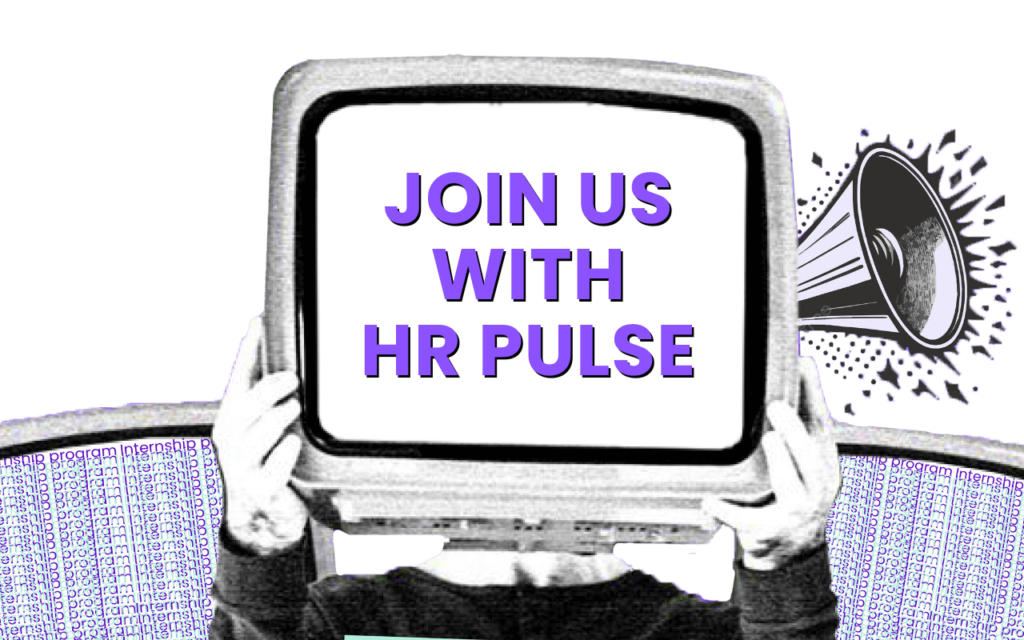The world of work is constantly evolving, and HR professionals are under increasing pressure to do more with less. Manual HR processes can be time-consuming, prone to errors, and ultimately hinder strategic initiatives. This is where HR automation comes in – a powerful tool to streamline tasks, improve efficiency, and empower HR teams to focus on high-value activities.
The Burden of Manual HR Processes
Many core HR functions, such as data entry, payroll processing, and leave management, are traditionally handled manually. These repetitive tasks are not only prone to human error, but they also consume a significant amount of HR time and resources. Consider the following:
- Time Spent on Data Entry: Manually entering employee data into different systems is tedious and error-prone.
- Payroll Processing Errors: Manual payroll calculations can lead to costly mistakes, impacting employee morale and potentially causing legal issues.
- Inefficient Leave Tracking: Manually tracking vacation days, sick leave, and other absences can be cumbersome and needs more transparency.
The Power of HR Automation
- Improved Efficiency: Automating tasks like data entry, payroll processing, and leave requests frees HR staff to focus on strategic initiatives and employee relations.
- Reduced Errors: Automated systems minimize human error, ensuring accuracy in payroll calculations, data management, and record-keeping.
- Enhanced Compliance: HR automation helps ensure adherence to complex labor laws and regulations through automated alerts and reporting features.
- Increased Employee Satisfaction: Self-service portals and mobile applications empowered by HR automation allow employees to manage their leaves, access paystubs, and update personal information, boosting satisfaction with HR services.
- Data-Driven Decision Making: Automated systems generate real-time reports and analytics, providing valuable insights to inform strategic HR decisions like talent acquisition and retention strategies.
Critical Considerations for HR Automation
Before implementing HR automation solutions, consider these factors:
- Identifying Needs: Determine which repetitive tasks are causing the biggest bottlenecks in your HR processes.
- Scalability: Choose a solution that can grow with your organization's needs.
- Security: Ensure the chosen software prioritizes data security and complies with relevant data privacy regulations.
- Integration: Consider how the HR automation solution integrates with existing payroll, timekeeping, and accounting systems.
- User-Friendliness: Choose a user-friendly system that is easy for HR staff and employees to adopt.
Examples of HR Automation in Action
Here are some practical examples of how HR automation can streamline your processes:
- Automated Onboarding: Streamline the onboarding process with automated workflows for sending new hire paperwork, scheduling training sessions, and provisioning IT access. (Paismo HR offers a user-friendly onboarding module that gets employees set up in just a few days!)
- Automated Time and Attendance Tracking: Eliminate manual timesheets and buddy punching with automated time-tracking systems or mobile apps.
- Automated Leave Management: An HR automation system can streamline leave requests, approvals, and balance tracking, ensuring transparency for both employees and managers.
Ready to reduce time and errors in your HR processes? Discover how Paismo HR can transform your HR operations with cutting-edge automation. From automated onboarding to seamless payroll processing, Paismo HR offers a comprehensive, user-friendly solution that ensures efficiency and accuracy. Experience the future of HR management with Paismo HR.
Paismo HR: Affordable, fast, and easy-to-customize HR solutions designed to meet your needs. Modernize your HR processes today with Paismo HR!
For more information, visit Paismo HR.









